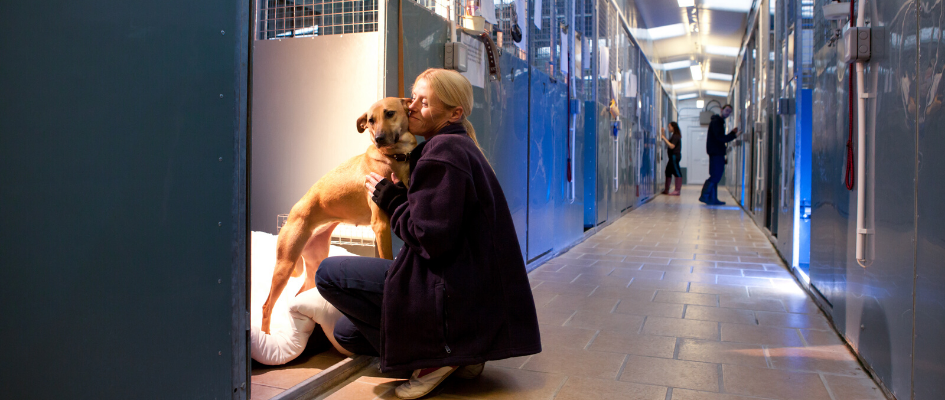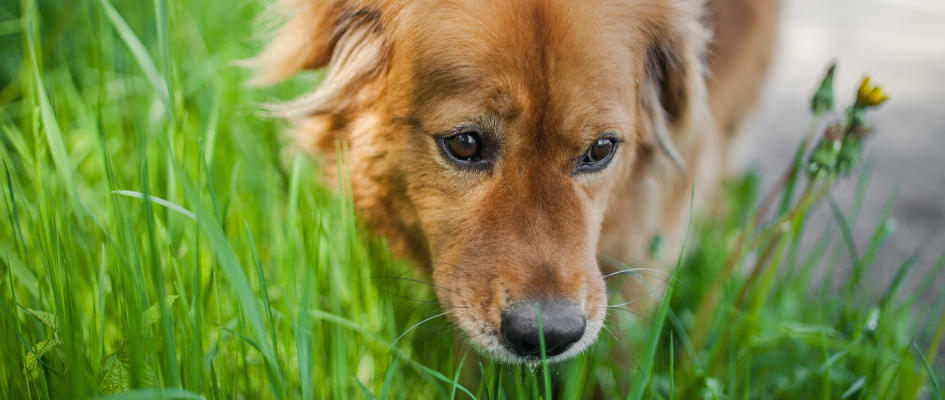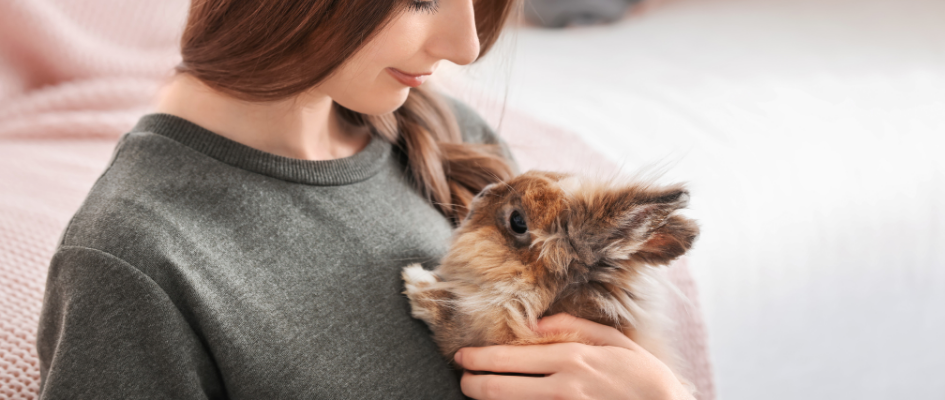As we move towards Bonfire Night, Diwali and New Year’s Eve, our love for fireworks has created an entire season of celebrations. While it’s exciting to have multiple opportunities to revel in the festivities, we must keep in mind that not everyone shares our enthusiasm. Our beloved pets, for instance, may not enjoy the noise and commotion caused by fireworks. To ensure the safety of your cats, dogs, and other pets during this firework season, we’ve compiled a list of ten helpful tips in this blog.
TIP 1: DESENSITISE YOUR DOGS AND CATS
If your pet is afraid of the loud noises, start desensitisation therapy as early as you can. Try downloading firework sound effects from Dogs Trust and play them very, very quietly. Reward your pet for staying calm, and over weeks or even months, gradually increase the volume so they get used to the sound.
TIP 2: MAKE SURE THEY ARE MICROCHIPPED
Panicking pets tend to run, but they’re not so fussy where they run to! If they DO escape and are microchipped you can be sure you’ll be reunited again.
TIP 3: USE PHEROMONES
There are pheromone products available for cats and dogs such as Feliway and Adaptil. They are very effective at reducing stress and anxiety levels. Start using them at least 2-3 weeks before fireworks season starts if possible.
TIP 4: TRY OUT SOME CALMERS
There are a wide range of herbal and nutritional calmers on the market; some of which we stock and can recommend. Although the evidence for Zylkene isn’t conclusive, we think it really can help settle animals down if given over a prolonged period!
TIP 5: BUILD A NICE NEST
Your pets need to be kept safe and secure, with a suitable nest or den to hide in. This is especially important for dogs and cats, but also applies to rabbits and small furries kept in open cages or hutches. Make sure they can hide themselves away when the displays start!
TIP 6: KEEP YOUR ANIMALS SAFELY INDOORS
It may be a little tricky but make sure your cat and dog are safely inside. Not only will it stop them escaping (and then potentially coming to harm), but it will also muffle any scary sounds and frightening lights.
TIP 7: LIGHTPROOF AND SOUNDPROOF HUTCHES, CAGES AND AVIARIES
If possible, rabbits and other small pets in cages or hutches should also be brought inside — or at least, away from sight and sound of the fireworks. For example, a large hutch can usually be moved into a garage or shed. For cage birds, the aviary isn’t usually movable, but the bright flashes can panic birds into a smother. As a result, we recommend carefully covering the aviary (while leaving lots of air-holes!) to minimise any risk.
TIP 8: KEEP TO A NORMAL ROUTINE
Many pets are very sensitive to changes in routine and timing and can put them on edge. So as much as possible, keep everything the same. You really don’t need any extra stress — and neither do they!
TIP 9: DON’T REWARD FEARFUL BEHAVIOUR
Of course, if your dog is afraid, your cat is scared, or your rabbit is terrified, it’s only natural to try and comfort them. However, you need to be careful. Excessive fuss and treats can reinforce the fearful behaviour — as they learn this is what they need to do to get your attention! As a rule of thumb, make a moderate fuss of them if they come to you, but don’t go to them, or dramatically change the way you react. Remember, pets can pick up on our stress levels as well as vice versa, so it can spiral out of control!
TIP 10: COME AND TALK TO US
If your pet is really, really stressed and you’re worried they’ll hurt themselves — come and talk to us. Not only can we give you personalised and tailored advice, but our vets can, if necessary, prescribe anti-anxiety medications to relieve short-term stress, fear and panic.



